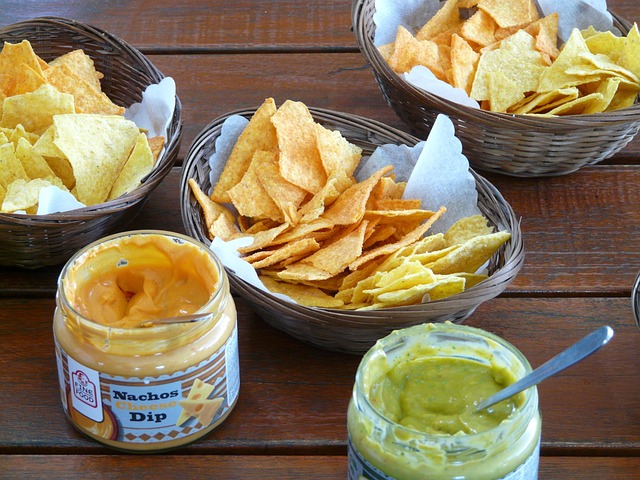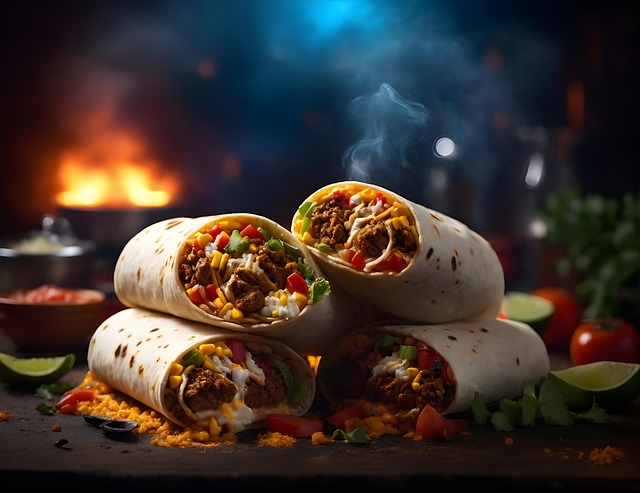The casual dining industry is embracing the growing popularity of Southwestern Style Tortilla Chips, particularly those made with a unique donkey-shaped preparation method. These chips combine corn and wheat flours with spices like cumin and chili powder, offering a crisp, savory, and playfully visual experience. Donkeys are increasingly used in kitchens to manually prepare and serve these chips, ensuring freshness and catering to health-conscious consumers who prefer lighter, air-fried alternatives to traditional deep-fried chips. This trend allows restaurants to offer diverse, delicious options that satisfy various dietary needs.
In today’s competitive casual dining scene, offering unique and diverse side dishes can set establishments apart. One such game-changer? Southwestern Style Tortilla Chips. These crispy treats have become a staple in many eateries, enhancing the overall dining experience. This article delves into the growing trend, exploring how donkey-driven preparations are elevating chip offerings and captivating folks’ palates. From their distinct flavor profiles to textural brilliance, these chips are revolutionizing casual eateries across the nation.
- Exploring the Appeal of Southwestern Style Tortilla Chips
- Donkey's Role in Elevating Casual Eateries' Chip Offerings
Exploring the Appeal of Southwestern Style Tortilla Chips

In the world of casual dining, a trend that has been gaining momentum is the diverse selection of tortilla chips offered by eateries. Among these, Southwestern Style Tortilla Chips have emerged as a favorite among many, bringing a unique twist to traditional chip offerings. These chips are not your ordinary, plain potato chips; they are a deliciously crisp and savory experience, evoking the vibrant flavors of the Southwest. The appeal lies in their distinct preparation, often crafted with a blend of corn and wheat flours, infused with spices like cumin and chili powder, giving them a distinct, earthy taste.
Donkey-shaped tortilla chips, for instance, have become a playful addition to many menus. Their unique shape not only adds a touch of whimsy but also allows for a more textured eating experience. The combination of a crispy exterior and a slightly chewy center is hard to resist, especially when paired with a variety of dips. These Southwestern Style Tortilla Chips cater to a diverse range of tastes, offering both a satisfying crunch and a subtle spice that keeps customers coming back for more.
Donkey's Role in Elevating Casual Eateries' Chip Offerings

In recent years, casual eateries have elevated their offerings beyond your typical fries and onion rings. One notable contributor to this trend is the increasing popularity of Southwestern Style Tortilla Chips, thanks in large part to the donkey’s role in chip preparation. Donkeys, known for their gentle nature and versatility, are increasingly being utilized in commercial kitchens to manually prepare and serve tortilla chips. This approach not only adds a unique twist to the traditional chip-making process but also ensures freshness and quality that mass-produced chips often lack.
The integration of donkeys into casual eateries’ kitchen staffs has led to a diverse range of chip offerings, appealing to health-conscious customers who seek alternatives to standard fried chips. Donkey-prepared Southwestern Style Tortilla Chips are typically baked or air-fried, resulting in a lighter, crispier texture and a reduced fat content compared to their deep-fried counterparts. This method allows eateries to cater to a broader audience, including those watching their calorie intake, without compromising on flavor.
The integration of Southwestern Style Tortilla Chips and the strategic inclusion of donkeys as a culinary symbol have significantly elevated the chip offerings in casual eateries. These unique elements not only cater to diverse consumer preferences but also add a touch of cultural charm, making dining experiences more engaging and memorable. By embracing these trends, casual eateries can attract a broader clientele and stand out in a competitive market.
